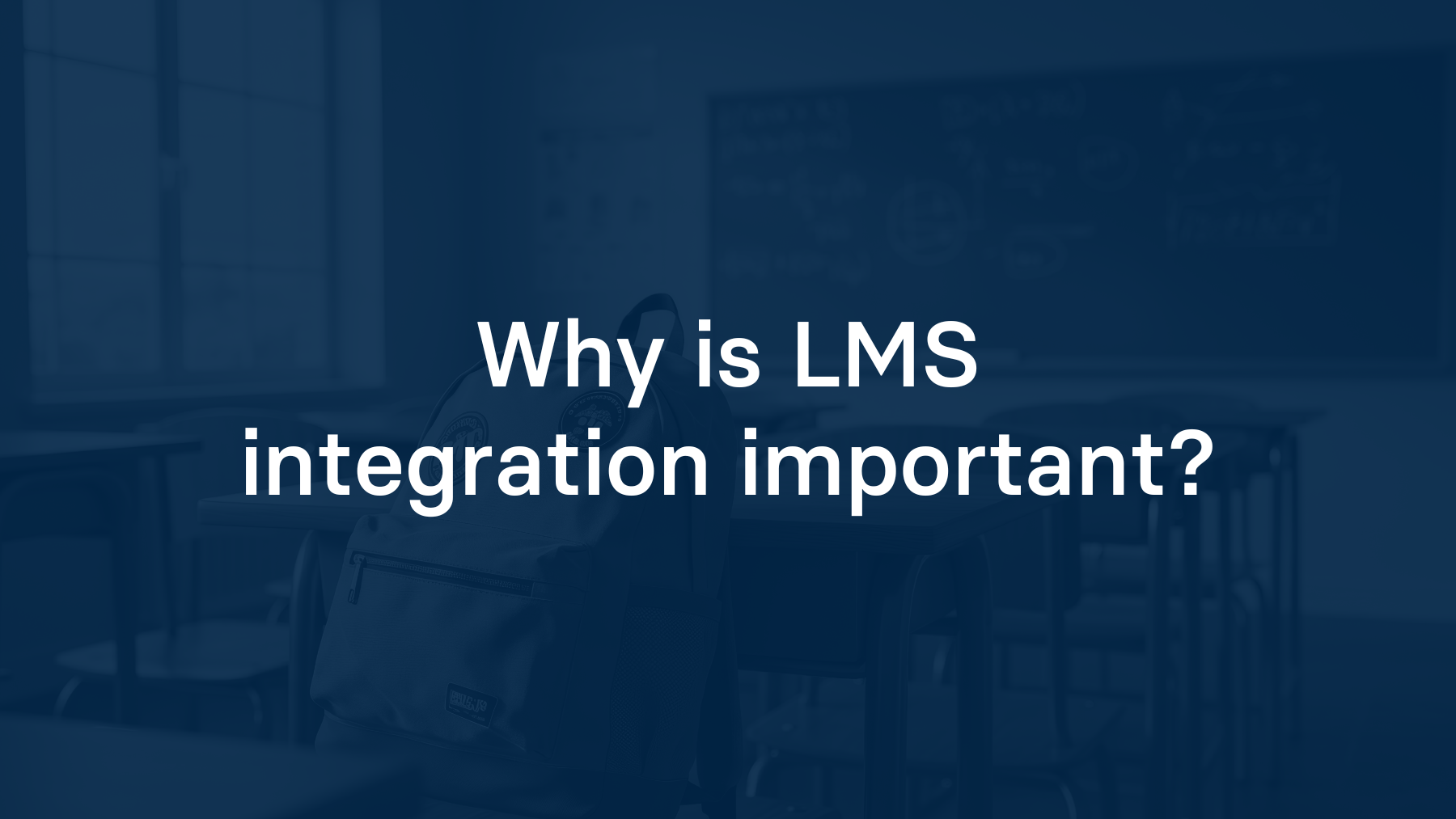What Are LMS Systems?
A learning management system (LMS) is software that helps institutions manage the delivery of educational content and education data workflows. LMS platforms are used across K12, higher education, and corporate training environments. In schools, teachers use LMS providers to assign homework, post grades, organize resources, and communicate with students. Students use LMS providers to complete assignments, view their progress, and participate in class discussions.
Popular K12 and Higher Ed LMS providers include Google Classroom, Schoology, Canvas, and more.
What Is LMS Integration?
LMS integration connects third-party apps to LMS platforms so that they can exchange data. In corporate settings, LMS integrations often support compliance tracking or onboarding workflows. They may focus on HRIS connectivity or training records.
In K12, the focus is slightly different. LMS integrations enable edtech products to plug into a school's LMS and automate tasks like logging students in, syncing grades, or rostering classes. This means students and teachers can access your product more easily, and data can flow between systems without manual work.
Common LMS integration types include:
- Single Sign-On (SSO): Students and teachers log in to your app using their LMS credentials.
- Rostering: Your app gets class lists and enrollment data directly from the LMS.
- Assignment and Grade Sync: Teachers can assign content and sync scores between your app and the LMS gradebook.
Why LMS Integration Matters for Edtech Products
For schools, LMS integration simplifies the digital learning environment. Teachers don't want to manage separate logins or manually copy grades. Students need quick, consistent access to resources. According to a 2023-24 school year report by LearnPlatform, on average, school districts accessed 1,436 distinct tools per month. The large scale of tools used makes seamless integration critical to minimizing friction for each instance a tool is used. Because of this, LMS integration has become an expectation, not a nice-to-have.
Administrators look for tools that work well with the systems they already use. The 2025 State of EdTech District Leadership report by CoSN indicates that “as districts modernize their infrastructure, interoperability of their digital tools becomes a critical consideration…” Integration shows that your product is built with classroom realities in mind.
How to Support LMS Integrations in Your Product
There are 3 common paths to LMS integration:
- LTI (Learning Tools Interoperability): A data specsification that allows learning apps to launch within an LMS and exchange data.
- Direct APIs: Many LMS providers offer APIs for deeper or custom integrations.
- Unified API (like Edlink): An aggregator that can support standard integrations along with pre-built direct connections.
Each LMS has its own quirks. Some use proprietary formats; others require separate implementations. This is why choosing the “right path” for many developers comes down to a build vs buy conversation with influences like functionality, long-term vs short-term gains, and product roadmap.
*Updated | 7-28-25
Read More on LMS Integrations
Here are other resources on LMS integrations and Edlink to help you on your integration journey:
- What’s the difference Between API and LTI Integration
- What to know about Single Sign-On for Education
- Single-tenant vs Multi-tenant: What’s better for your app’s security
- Introducing Edlink
- Our Mission at Edlink
- What is the Edlink Unified API?
Want to Get Started?
If you're looking for a partner to guide you through developing integrations, then let us introduce ourselves. We're Edlink!

